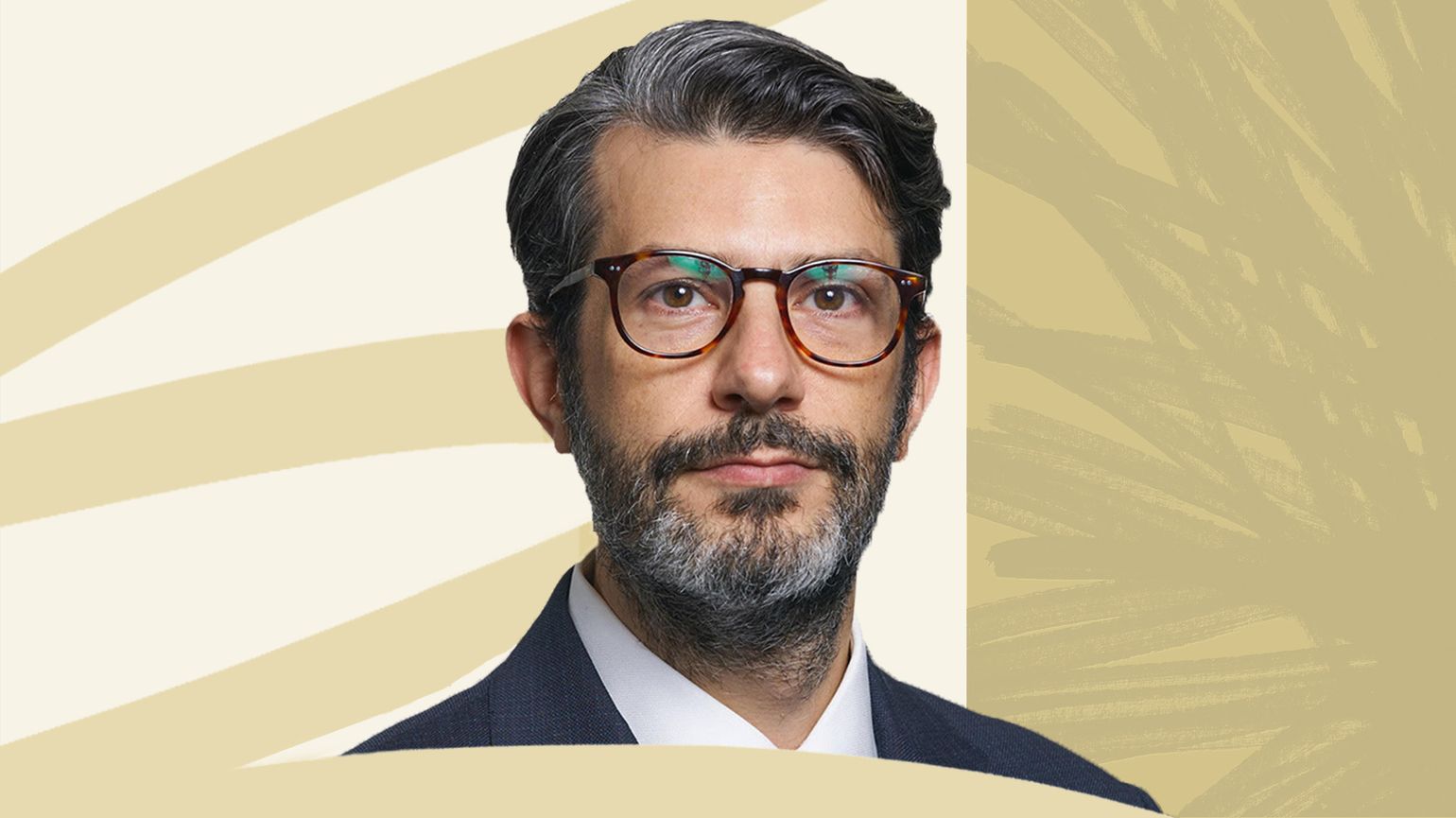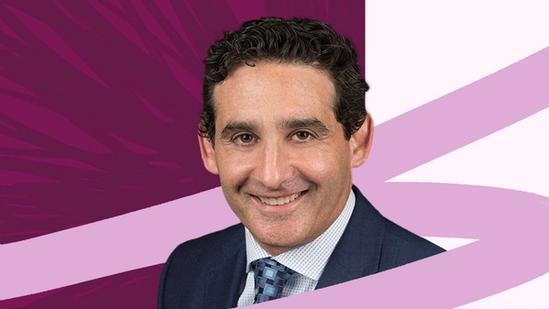Bridging the $3.3 Trillion Annual Infrastructure Gap Will Take Private Capital Investment


Alex Greenbaum, Head of EQT Active Core Infrastructure, on why core infrastructure assets are a good fit for a well-balanced portfolio.
- Core infrastructure assets, such as utilities and digital networks, can offer stable, low-risk, inflation-protected returns, making them ideal for a well-balanced portfolio.
There is a huge need for more investment in our railways, bridges, water systems, electricity grids, and telecom networks. As the demands on infrastructure increase, the world needs to invest an estimated average of $3.3tn per year in these assets. With cash-strapped governments unlikely able to afford those kinds of sums, private investors are rising to the occasion.
Core infrastructure assets like regulated utilities and digital communication networks are usually mature, low-risk operational assets with stable capital structures and revenues. They serve a vital role in an investment portfolio offering low-risk, uncorrelated, inflation-linked and cash-yielding opportunities that can serve as the ballast in a well-balanced portfolio. Core infrastructure is typically a safe and attractive bet due to long-term contracts with built-in inflation protection against price increases, and they are usually regulated in a way that in return for providing vital services, companies know what they’ll earn for years in advance.
By providing regular income and little chance of losses during economic downturns, a hands-off core infrastructure strategy has been the approach of many investors in this sector.
Active Core
EQT’s Active Core Infrastructure strategy takes a different view. Because many investors have been sitting back and passively managing core assets, EQT believes these assets can be under-managed and could benefit from the growth mindset of active value creation.
“We want to bring a full potential mindset to businesses that have been fairly complacent because of their low-risk business models,” says Alex Greenbaum, a partner and Head of EQT Active Core Infrastructure. “These are businesses that have historically not felt a lot of pressure to grow and innovate, so bringing that new approach of identifying new growth initiatives, best-in-class digital capabilities and leaving no stone unturned is pretty compelling.”
“We look for active value creation opportunities,” says Alex. “We want to build off of the stable, recurring cash flows of these businesses and capture incremental upside because our view is that the risk profile is not increased at all by adopting a full potential approach.”
A good example is EQT portfolio company Radius Global Infrastructure, an owner and operator of over 7,500 critical digital infrastructure sites globally, including ground, tower, rooftop and in-building cell sites and data centers. While benefiting from long-term, inflation-linked cash flows from primarily investment-grade counterparties, Radius has also identified opportunities to add new sites and invest in new technologies at existing locations rather than just being a passive landlord.
“It is fairly low risk to approach existing tenants and offer additional long-term contracted services such as adding batteries or solar power to help a customer reach their clean energy goals, or adding a mobile phone tower at an existing data center site,” says Alex. “The enormous need for capital across digital infrastructure and the energy transition is driving so many opportunities.”
“People think core infrastructure can be a passive investment approach, but we really believe you can execute a value-adding ownership approach while actively managing risk.”
The call for capital
Telecoms and power utilities have always been highly capital-intensive industries, but they are now at an inflection point. Given the intertwined trends of digitalization and the energy transition, these sectors will need even more capital in order to build the digital networks of the future while at the same time rebuilding how we generate and transmit the growing need for electricity.
EQT also sees opportunities to invest in the revitalization of industrial transportation and the growth of e-commerce. “Another important theme is the disruption to global supply chains,” says Alex. “We saw how extended supply chains increased disruption and fragility in the network, and so as we near-shore more industrial production and move that back into OECD countries, this drives a need for investment in logistics and transportation across rail, ports, terminals and beyond. Transport is an area where we see growing investment opportunities in North America.”
A good time to invest
The macro environment is also working in favor of the asset class. “Right now, we are in a sweet spot of declining interest rates and moderate inflation,” says Alex. “That is perfect for core infrastructure because core assets will offer investors strong inflation protection through inflation-linked contracts and we have good visibility that interest rates will likely be flat or declining over the coming years.”
EQT’s Active Core Infrastructure strategy has a longer ownership horizon of 15 to 25 years, giving plenty of time to unlock investment opportunities within these assets.
Delivering sustainable growth
EQT is committed to future-proofing companies by helping them identify disruptive risks and capture emerging opportunities by drawing on the broader platform. If you are going to own a company for 25 years, that is especially important. EQT’s deal selection embeds a digital assessment and sustainability framework designed to identify potential long-term disruptive risks and seeks to deliver a positive impact for both our investors and our communities.
In addition to prioritizing decarbonization opportunities, there are also several use cases for AI in these businesses, whether to effectively reduce costs or to identify underexploited revenue streams.
“People think core infrastructure can be a passive investment approach, but we really believe you can execute a value-adding ownership approach while actively managing risk,” says Alex.
ThinQ is the must-bookmark publication for the thinking investor.

